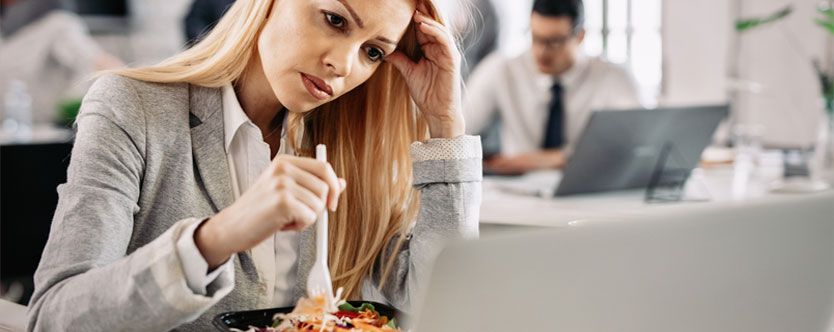
About 70% of headache sufferers are women. Many people endure headaches consistently, never dreaming that there are certain foods that cause a headache. Of course, if you have a frequent headache, a lot depends upon your genetic predisposition and family history.
Foods that Cause a Headache
Sometimes weather changes, strong odours, perfumes, bright lights and menstrual cycles can trigger a headache. Whilst you cannot control these factors, what you choose to put into your mouth is in your control. There are certain foods that cause a headache. For instance, red wine is a known trigger. The quantity matters. Some people may get a headache with just one glass. Others may precipitate one after 2-3 glasses.
Similarly, eating one chocolate may not give you a headache, but eating 4-5 pieces or maybe a whole box may give you a splitting headache. Sometimes cheese may precipitate a headache by constipating you. Cheese can also cause a headache because it contains vasoactive amines such as tyramine that can cause blood vessels to constrict. So, avoid these foods that cause a headache.
Other common foods that cause headache include are cabbage, brinjal, cured meats, canned fish and peanuts. Milk is now considered a common trigger for headache. So is caffeine. Some people get a headache by eating citrus fruits. It contains octopamine, which could trigger the headache. Others who cannot tolerate acidic fruits can also get a headache with citrus fruits like oranges, sweet lime, lemons and grapefruit.
Artificial sweeteners are sometimes known to cause a headache. Eating or drinking something ice cold can send a cold shock to your mouth, affecting nerve endings and causing pain in the temple region and behind both the cheeks. Not eating your meals on time, low blood sugar, fasting, skipping meals, not eating and eating too many sweets can all trigger a headache. Headache sufferers are usually known to be people who internalise job stress. Meditation and deep breathing exercises (pranayama) may prove to be of tremendous value to such people.
Foods that Help
Try some ginger. It helps control prostaglandins, the hormone-like substance that controls pain. Yes, ginger is a pain reliever. Take one teaspoon of pickled ginger or just slice an inch of fresh ginger, squeeze some lemon on it with a dash of black salt and chew it slowly. At the first sign of a headache if you manage to do this you may prevent a full-blown migraine.
Ginger works like aspirin, leading to a reduction in pain. Consume ground flaxmeal every day. Flaxseeds or alsi seeds are commonly available at grocery stores. They contain alpha linolenic acid, which controls prostaglandin synthesis that controls pain. Headache sufferers can consume 2-4 tablespoons of alsi seed powder regularly for 2-3 months to reduce the frequency of headaches.
To make alsi seed powder, you have to dry roast them. You may add salt and red chilli powder to improve taste and consume it anytime in the day. Eating fish 2-3 times a week delivers similar benefits. Most importantly you must avoid the above-mentioned headache triggering foods. Avoid skipping meals or fasting if you are prone to headache. Also, increase the protein content of your diet by snacking on paneer, tofu, peanuts, almonds and eggs, in-between meals. These foods balance blood sugar and prevent hypoglycemia (low blood sugar) which in turn will prevent you from getting a headache.
Conclusion
The mineral magnesium is known to give relief to those suffering from headaches (as it gets depleted during stress and stress is a causative factor for headaches in most individuals). You can increase the magnesium in your diet by consuming almonds, brown rice, jawar, nachani, whole dals, nuts and seeds and leafy vegetables.
You may also need to detoxify your body as an accumulation of toxins precipitates a headache. Detoxification can be done by using specific herbs and vegetables juices. When you detoxify (eliminate toxins) and stop the intake of toxins, (read junk), your body organs begin to function harmoniously to bring you improved health.
(As published in Hindustan Times dated March 18, 2019)
